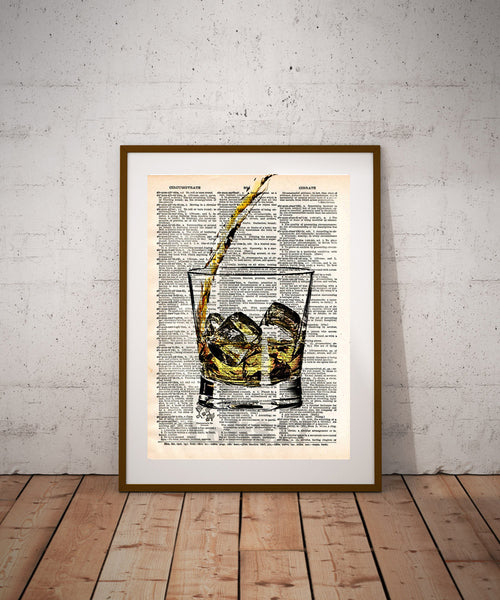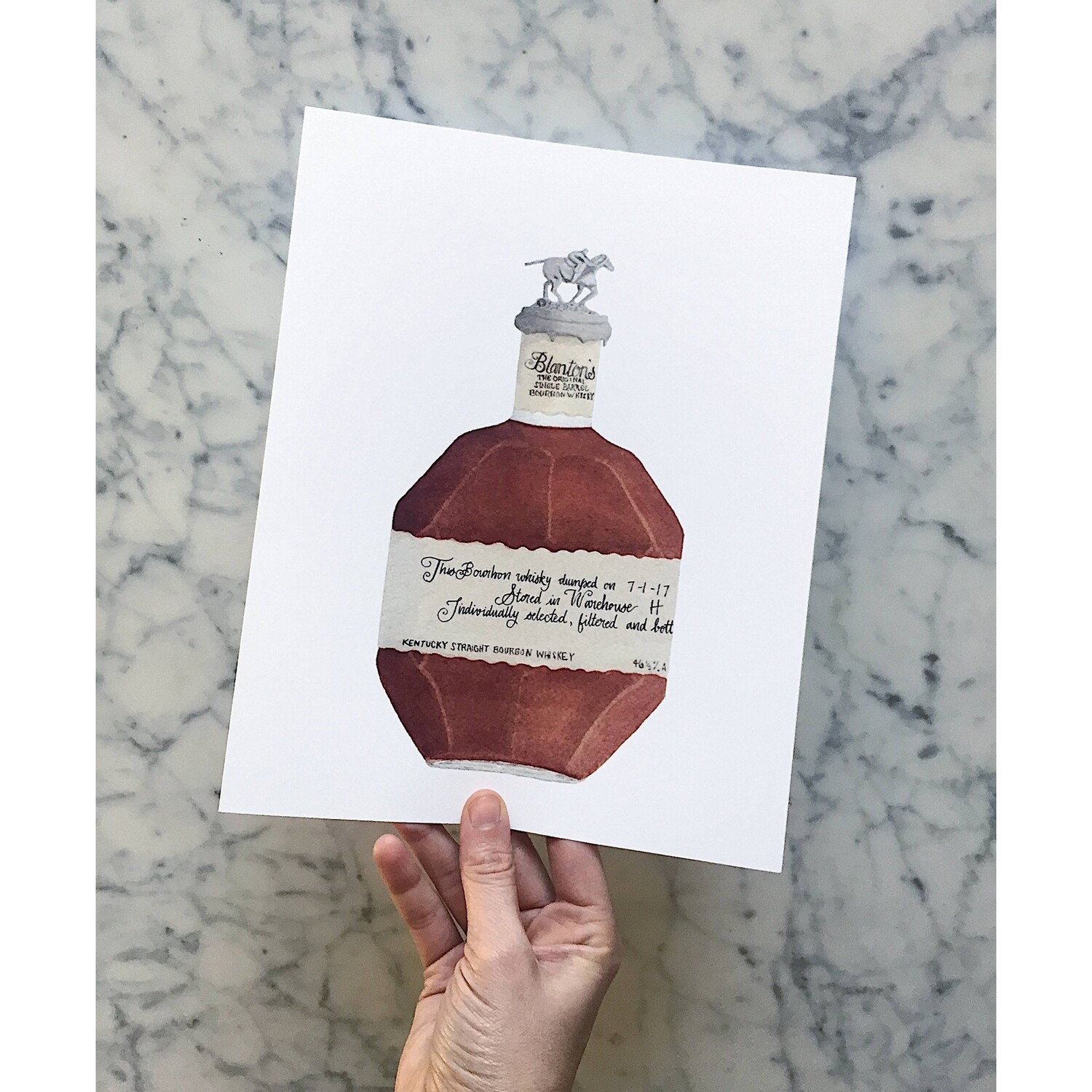Realism Art in the Whiskey Market: Illustrating Moments of Purification
Realism Art in the Whiskey Market: Illustrating Moments of Purification
Blog Article
Capturing the Significance of Whiskey Art Via One-of-a-kind Aesthetic Representations and Designs
The art of scotch expands past the liquid itself, manifesting via a variety of visual depictions that encapsulate its fabled heritage and craftsmanship. What remains to be uncovered is exactly how these evolving designs reflect not only the bourbon itself however additionally the transforming landscape of creative analysis. Realism Art.
The Background of Scotch Art

As whiskey production spread, so too did the need to raise its experience via art. From the intricate engravings on very early barrels to the elaborate tags of modern-day containers, each component mirrors a distinct artistic vision, functioning as a visual narrative of the scotch's heritage.
In the 18th and 19th centuries, the rise of the commercial revolution additionally improved scotch art, causing ingenious packaging and marketing that caught customer attention. Developers and artists started trying out appearances, imbuing whiskey-related images with symbolic significances that communicated concepts of neighborhood, custom, and workmanship.
Today, whiskey art remains to advance, blending traditional methods with contemporary art forms. Limited Edition. This continuous dialogue in between the spirit and its graph underscores the enduring bond in between bourbon and society, improving the overall experience for enthusiasts worldwide
Iconic Container Styles
While several factors contribute to the appeal of scotch, iconic container layouts play a crucial duty in shaping consumer assumption and enhancing the total experience. The visual presentation of bourbon bottles is not just a visual consideration; it functions as a bridge between the customer and the product, stimulating feelings and establishing assumptions.
Distinctive forms, products, and closures can elevate a bourbon brand name's identification, making it quickly identifiable on crowded racks. As an example, the timeless Glenfiddich bottle, with its elegant conical silhouette, shares a feeling of practice and craftsmanship, while the vibrant, contemporary design of the Balvenie container shows advancement and sophistication. Moreover, the use of colored glass or unique structures can recommend the high quality and personality of the whiskey within.
Iconic styles usually incorporate aspects of social heritage, representing the brand name's history and connection to its origins. Brand Names like Jack Daniel's utilize an uncomplicated, robust design that reverberates with its American bourbon heritage. Inevitably, the impact of container layout extends beyond simple performance; it envelops the significance of the brand, inviting consumers to check out and indulge in the abundant tapestry of bourbon society.
Tag Art Work and Branding
Container layouts usually set the phase for what consumers can expect, but label art work and branding play a just as substantial duty in connecting a bourbon's identification. The label works as the first factor of call in between the item and the consumer, encapsulating the essence of the scotch within its visual elements.
Reliable tag art work integrates typography, images, and shade to create a story that reverberates with the brand name's heritage and target market. For example, a label including detailed illustrations and classic font styles may evoke a sense of practice and craftsmanship, appealing to aficionados. In comparison, bold shades and contemporary design aspects may bring in a more youthful group seeking innovation and enjoyment.

Photography and Visual Storytelling
Catching the significance of bourbon through photography and visual storytelling is an art type that raises the brand name experience. This tool transcends mere item representation, delving into the complex stories that border each bottle. By utilizing engaging images, photographers can evoke emotions that resonate with consumers, ultimately forging a deeper connection to the scotch brand.
Visual storytelling in bourbon digital photography frequently uses rich textures, illumination, and structure to highlight the unique features of the spirit. The interplay of light and shadow can accentuate the amber colors of bourbon, while the selection of history components-- such as rustic barrels or classy glass wares-- can enhance the brand's heritage or way of life associations.
Furthermore, capturing the ritualistic facets of scotch usage, from the pouring to the tasting, welcomes visitors right into a sensory experience, enabling them to envision the tastes and scents that await. Each picture not just showcases the product but likewise narrates of workmanship, practice, and the moments that whiskey can boost - Bourbon Art. Thus, digital photography ends up being a powerful device in expressing the identification of scotch brands, placing them within the wider cultural landscape
Arising Patterns in Whiskey Art
The development of whiskey art is significantly shaped by modern patterns that reflect broader social changes and consumer preferences. One this hyperlink popular trend is the combination of sustainability into art practices. Musicians are now using environment-friendly processes and recycled products to create whiskey-themed pieces, reverberating with environmentally aware consumers. This change not only highlights the importance of sustainability however likewise enhances the narrative bordering scotch production.
Furthermore, electronic art has risen in popularity, enabling cutting-edge representations of scotch. Musicians are leveraging technology to craft immersive experiences, such as enhanced fact installations that engage customers and give a deeper understanding of bourbon's cultural importance. This pattern additionally expands to social media systems, where aesthetically striking content garners interest and promotes area amongst fanatics.
Additionally, partnerships in between scotch brand names and musicians are coming to be extra prevalent. These partnerships produce limited-edition packaging styles and special artworks that celebrate both the workmanship of scotch and the imagination of musicians. As scotch art remains to progress, these arising trends will unquestionably shape its future, promoting a dynamic intersection of culture, sustainability, and innovation within the bourbon community.
Conclusion
To conclude, the art of bourbon incorporates a diverse variety of visual representations that reflect its abundant heritage and workmanship. From famous bottle styles and elaborate label art work to engaging photography, each element adds to a more comprehensive story that improves the consumer's experience. As arising patterns, such as digital helpful resources art and sustainability, proceed to form this creative landscape, the multifaceted identification of scotch remains a sustaining resource of cultural link and expedition.

In conclusion, the art of whiskey incorporates a varied variety of visual representations that reflect its abundant heritage and craftsmanship.
Report this page